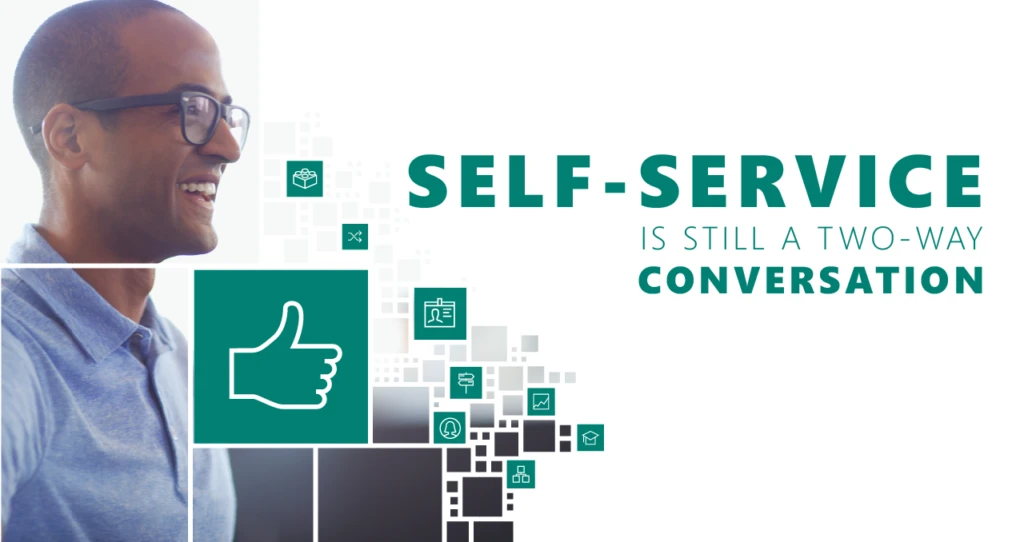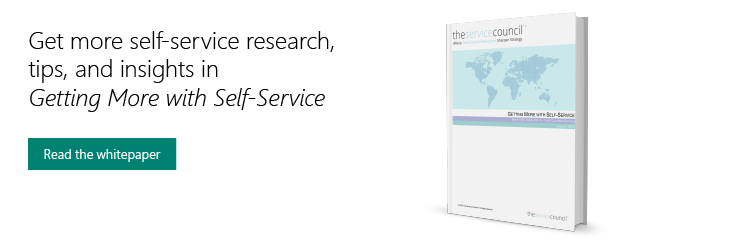
9 Steps to Self-Service Empowerment
What was once a nice-to-have option is now mandatory for any company that wants to deliver the highest quality customer service. Self-service is now so essential that more than 90 percent of customers expect a brand or an organization to provide a self-service portal or FAQ page on its website. And not only do they want their issue resolved, they want a seamless experience along the way.
Learn to make a self-service portal that helps employees and customers alike
Help your customers help themselves
Professor Frances Frei of Harvard Business School highlights the creative ways two industries have provided the convenience and control their customers crave: grocery checkouts and airline check-in kiosks. When designing a self-service plan, it pays to keep these 9 key steps in mind.
| Know your customers. First, determine whether your customers even want self-service options. If they prefer live service, your investments may go underutilized. |
|
| Prioritize request types. Too many self-service options can overwhelm customers. Define which request types are most common and frequent, and then deprioritize those that can be addressed elsewhere. |
|
| Build feedback systems. Customer feedback is the best way to measure the efficacy of your self-service content, but less than 40 percent of organizations seek specific feedback. |
|
| Leverage analytics. Tracking customer activity is another great way to uncover the most effective and sought-after content. Cross-platform or cross-application analytics can provide even deeper insights. |
|
| Train and educate the customer. It sounds counterintuitive to invest in training customers around self-service, but letting them know what’s available and how to use the tools can amplify your systems’ use. |
|
| Rate effectiveness based on effort, not deflection. Most organizations consider deflection a sign of a website’s effectiveness—but that isn’t the most important thing to your customer. Measure your customers’ effort to better understand how your self-service channels are doing. |
|
| Build a customer knowledge base. Knowledge management is the core of a successful service strategy, but little effort is made to empower customers to author and create content. Doing so can result in richer content and even co-innovation. |
|
| Consider customer context. Mobile-ready service solutions are growing in demand, and knowing your customers’ history, location, expertise, and other intricacies is just as important as which device they’re using. |
|
| Simplify escalation paths. Investing in self-service shouldn’t result in the obfuscation of live service channels. This creates angst among customers. Instead, make it easier for customers to escalate issues from self-service to live assisted. |
To take a deeper dive into the 9 steps to self-service empowerment, read the whitepaper
Your customers still want a relationship with you
Just because they choose self-service, that doesn’t mean your customers aren’t still engaging in a conversation with you. Think of self-service as a way to learn more about them, to paint a more complete picture of what motivates them and what they need. In fact, self-service can bring you closer together, which is what great customer service should always achieve.

